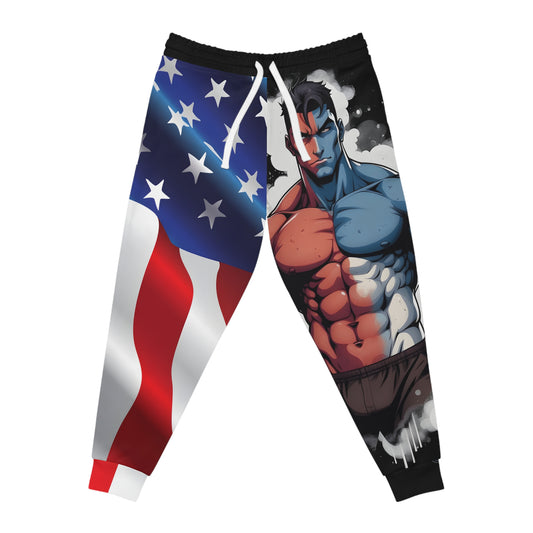
Why Is Polyester Bad for the Environment?
Polyester is one of the most widely used fabrics in the fashion industry, found in everything from athletic wear to fast fashion garments. But while it’s cheap and durable, polyester has a devastating environmental impact. From its petroleum-based origins to its contribution to microplastic pollution, polyester is one of the most unethical fashion materials in widespread use today.
In this article, we’ll explore:
✔ How polyester is made (and why it’s harmful)
✔ The environmental impact of polyester (microplastics, carbon emissions, waste)
✔ Health concerns associated with polyester production
✔ Sustainable alternatives to polyester
✔ FAQs about polyester’s ecological footprint
By the end, you’ll understand why polyester is bad for the environment and how to make more eco-friendly fashion choices.

How Is Polyester Made? (And Why Is It Harmful?)
Polyester is a synthetic fiber derived from petroleum, a non-renewable fossil fuel. The production process involves:
- Extracting crude oil – Polyester begins as petroleum, which requires energy-intensive drilling and refining.
- Chemical processing – The oil is treated with chemicals like ethylene glycol and terephthalic acid to create PET (polyethylene terephthalate).
- Melting and spinning – The PET is melted and spun into fibers, which are then woven into fabric.
Why This Process Is Problematic
- High carbon footprint: Producing polyester generates 2-3 times more CO₂ than natural fabrics like cotton.
- Toxic chemicals: The manufacturing process releases harmful substances like antimony and cobalt.
- Non-biodegradable: Unlike organic materials, polyester does not decompose and can persist in landfills for centuries.

The Environmental Impact of Polyester
1. Microplastic Pollution (The Invisible Threat)
Every time you wash polyester clothing, tiny plastic fibers (microplastics) shed and enter waterways.
- A single laundry load can release 700,000+ microplastic fibers.
- These microplastics contaminate oceans, harming marine life and entering the human food chain.
-
Studies have found microplastics in drinking water, seafood, and even human blood.
2. High Energy and Water Consumption
- Polyester production requires large amounts of energy, mostly from fossil fuels.
- While it uses less water than cotton, the chemical dyeing process pollutes rivers with toxic wastewater.
3. Polyester Waste and Landfill Crisis
- Fast fashion brands produce over 60% of clothing from polyester.
- Because it doesn’t biodegrade, polyester waste piles up in landfills, taking 200+ years to break down.
- Even recycled polyester (rPET) has limitations—it still sheds microplastics and can only be recycled a few times.

Health Risks of Polyester Clothing
Beyond environmental harm, polyester poses health concerns:
- Skin irritation: Synthetic fabrics trap sweat, leading to rashes and bacterial growth.
- Toxic chemicals: Some polyester garments contain phthalates and formaldehyde, which are linked to hormone disruption.
- Breathing issues: Factory workers exposed to polyester fibers face respiratory problems.

Sustainable Alternatives to Polyester
If you want to avoid polyester’s environmental damage, consider these eco-friendly fabrics:
| Fabric | Benefits | Drawbacks |
|---|---|---|
| Organic Cotton | Biodegradable, soft, breathable | Requires lots of water |
| Hemp | Durable, low-water crop | Can be rough texture |
| Tencel (Lyocell) | Made from sustainably sourced wood pulp | More expensive |
| Recycled Wool | Warm, long-lasting, biodegradable | Limited availability |
| Linen | Lightweight, compostable | Wrinkles easily |
Tip: Look for GOTS-certified organic fabrics or OEKO-TEX® certified dyes to ensure sustainability.

FAQs About Polyester’s Environmental Impact
1. Is recycled polyester better for the environment?
Recycled polyester (rPET) reduces reliance on virgin petroleum, but it still sheds microplastics and has limited recyclability. It’s a step in the right direction but not a perfect solution.
2. Does polyester biodegrade?
No, polyester does not biodegrade and can persist in landfills for hundreds of years.
3. How can I reduce microplastic pollution from polyester?
- Use a microplastic filter (like a Guppyfriend bag or Cora Ball) when washing.
- Wash polyester clothes less frequently and on cold, gentle cycles.
- Choose natural fabrics whenever possible.
4. Why do fast fashion brands use so much polyester?
Polyester is cheap, durable, and easy to produce in bulk, making it a favorite for fast fashion brands prioritizing profit over sustainability.
5. What’s the most eco-friendly fabric?
Hemp, organic cotton, and Tencel are among the most sustainable options due to their biodegradability and lower environmental impact.

Conclusion: Should You Stop Wearing Polyester?
Polyester is one of the worst fabrics for the environment due to its microplastic pollution, high carbon footprint, and toxic production process. While recycled polyester is a slightly better option, the best choice is to reduce polyester use altogether and opt for natural, biodegradable fabrics.
What You Can Do Today:
✅ Buy less, choose well – Invest in high-quality, sustainable clothing.
✅ Wash synthetics responsibly – Use microplastic-catching laundry bags.
✅ Support ethical brands – Look for companies using organic cotton, hemp, or Tencel.
By making conscious fashion choices, you can help reduce polyester’s harmful impact on the planet.








